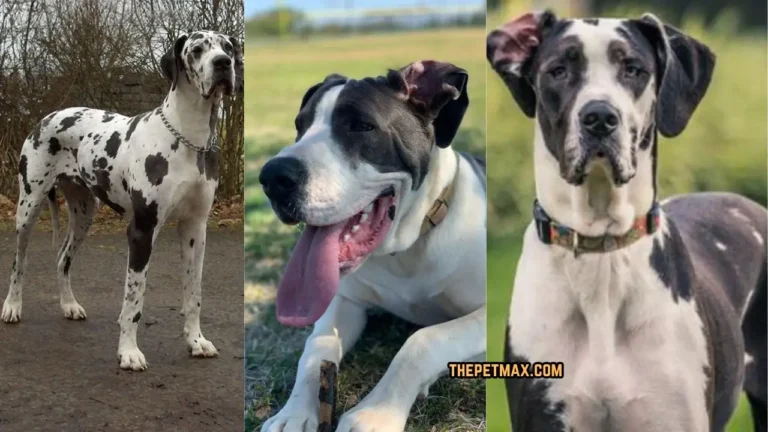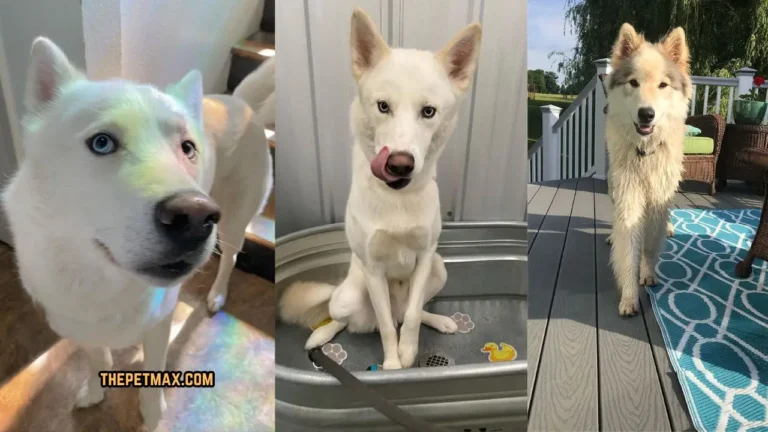Karakachan Dog Breed Guide with Pictures

The Karakachan dog breed is a large Molosser breed that has long been bred in Bulgaria and neighboring countries. They are known to monitor nearby mountains and protect animals by giving early warning of danger through their deep, throaty, and barking sounds. Strong and courageous, they will not hesitate to fight a crew in pursuit of their prey.
They are gentle with the people they know and are often wary of outsiders. Sometimes due to stubbornness, small groups are formed, and, interestingly, the leader does not command them. A lot of work is needed and it doesn’t suit the city’s character.
Karakachan has long been helping English shepherds take care of their animals. Also known as Ovcharsko Kuche or Thracian Mollos, this breed has become common in homes in recent years. This is a pet that needs a loyal owner and plenty of space. If you have Karakachan in your life, you’d be better off if you could provide both.
Contents
- 1 History of Karakachan Dog Breed:
- 2 Some Quick Facts about Karakachan Dog Breed:
- 3 Karakachan Dog Breed Overview & Appearance:
- 4 Temperament of Karakachan Dog:
- 5 Are Karakachan Dog Good Family Dogs?
- 6 Are Karakachan Dog Good with Other Pets?
- 7 Food and Diet Requirements of Karakachan Dog:
- 8 Exercise Needs Of Karakachan Dog:
- 9 How to Train Karakachan Dog?
- 10 Grooming Needs of Karakachan Dog:
- 11 Common Health Problems of Karakachan Dog:
- 12 FAQ’s:
- 13 Conclusion:
- 14 Related Posts:
History of Karakachan Dog Breed:
Because of its rarity, the Karakachan (also known as the Bulgarian Shepherd, Thracian Moros, or Ovchasko Kuche) is probably not a breed you’ve heard of. Although they originated in Bulgaria, they are a very old breed and are believed to be descendants of the Central Asian Shepherd Dog.
Their name comes from a group of local shepherds called Karakachani or Sarakatsani, who lived in Greece, Bulgaria, and Albania. These nomads celebrate the birth of living things, and in addition to keeping the Karakachan dog, they also give their names to the Karakachan sheep and the Karakachan pony.

The main use of this type of dog is to monitor livestock in the mountains. They are known for their courage and will not hesitate to protect their herd when faced with deadly predators such as bears and wolves. Due to its large size, robustness, and territorial character, the Karakachan has long been used as a guard dog in the Bulgarian countryside, as well as a guard dog in people’s homes.
However, in the 1950s, the local government implemented horticultural laws that focused on the cultivation of exotic varieties because they were considered better than their Bulgarian counterparts. This series applies to many species, including dogs. During this period, the number of Karakachan dogs decreased significantly, and the breed did not fully recover from this selection.
Although mostly found in Bulgaria, a few species have crossed over to America, however, they are rare species. The Karakachan Standard was approved in 2005 – however, it has not yet been endorsed by any international pet hotel club.
Some Quick Facts about Karakachan Dog Breed:
- Used as animal guards, these dogs are valued for their intelligence and fearlessness
- Known as the “Wolf Killer”
- Karakachan dogs were later used as guard dogs by Bulgarian border officials.
Karakachan Dog Breed Overview & Appearance:
The Karakachan is a very large and beautiful dog, with males reaching a height of 63-75 cm and females 60-69 cm. Males weigh between 45 and 57 kg, and females weigh less, usually between 40 and 52 kg.
They usually have large skulls, ending in a large nail. Their eyes are brown or hazel, smaller than the head, and have darker lenses. Also, his ears are too small and too close to his head. Their bodies are very muscular, with straight backs and deep chests. The tail is thick and may curl when it reaches the point of sale.
They usually have a thick, full undercoat, however, their coat can vary depending on the breed and can be short or long. If it should be more than 12 cm long. Their coats are white to brown, white to dark, or white to dark and brown. People like big and clear shadow signs.
| Height | 63 to 75 cm |
| Weight | 40 to 55 kg |
| Lifespan | 12 to 14 Years |
| Temperament | Protective, loyal, and intelligent |
| Litter Size | About 5 to 10 puppies |
| Group | Working |
| Size | Large-sized |
| Colors | sable, tan, brown, or even white |
| Coat | Double coat, short- and long-haired varieties |
| Shedding | Moderate |
| Puppy Price | $1000 USD+ |
Temperament of Karakachan Dog:
The Karakachan dog is still used primarily as a working dog and remains true to that role. They are tough, tenacious and focused. They are always prepared, monitoring and protecting the herd. Any apparent threat to their crowd is met with hostility. If they feel they have no choice, Karakachan will usually give a loud warning several times before attacking your home.
They are one of those people who form close bonds with their families and quickly turn out to be very protective towards them. When they grow up with children, they are devoted to them, but due to their size, they require constant supervision. With proper introductions, they may get along well with other pets in the family.
Adolescents are instinctively very wary of newcomers and require extensive socialization to become tolerant of outsiders in the home.
Are Karakachan Dog Good Family Dogs?

Depending on the climate and the right knowledge, the Karakachan dog can be a good family dog. Their loyalty and loyalty to the family is evident, fostering strong relationships with caring people in the family. Although their protective nature makes them wary and wary of outsiders, they need to be socialized and prepared in advance to avoid their obstacles.
Families that have large, protective breeds and strive to give them a lot of space, spirituality, and harmony will find these dogs to be strong and gentle companions. A balanced training approach and an environment that recognizes and respects their protective instincts are essential to being a successful family pet.
Are Karakachan Dog Good with Other Pets?
The karakachan’s canine teeth are very sensitive, which affects its relationship with other pets. Good socialization can be achieved through proper introduction to other animals and early socialization. With proper training and management, they can get along well with any type of pet, especially if they are raised together from a young age.
However, their protective instincts can make them defensive or wary of new creatures, especially if they believe the animals may pose a threat to their home or territory. Creating an atmosphere of order, predictability, and consistent presentation can create positive relationships with a variety of animals, but personality and personality can play an important role in different animals.
Karakachan dogs can get along with a variety of pets as long as they are socialized and well-behaved. Their behavior depends on their personality and the initial preparation for protective situations, taking care of good relationships in the family.
Food and Diet Requirements of Karakachan Dog:
Meeting your Karakachan dog’s nutritional needs means feeding him a modified, high-quality diet that will help with his size, performance level, and overall health. Their needs are met by a diet rich in organic proteins such as meat and fish, reflecting their genetics as working dogs. Choose a variety of high-quality dog foods designed for different breeds, working or active dogs, to ensure optimal nutrition.
Their diet should include important supplements such as protein, solid fat, nutrients, and minerals to help them maintain their physical condition and strength. However, since each dog or allergy is unique, getting nutritional advice from your vet will allow them to thrive and stay healthy on a diet that meets their needs. In addition, they should be given fresh water to keep them hydrated, especially considering their size and activity level.
Exercise Needs Of Karakachan Dog:
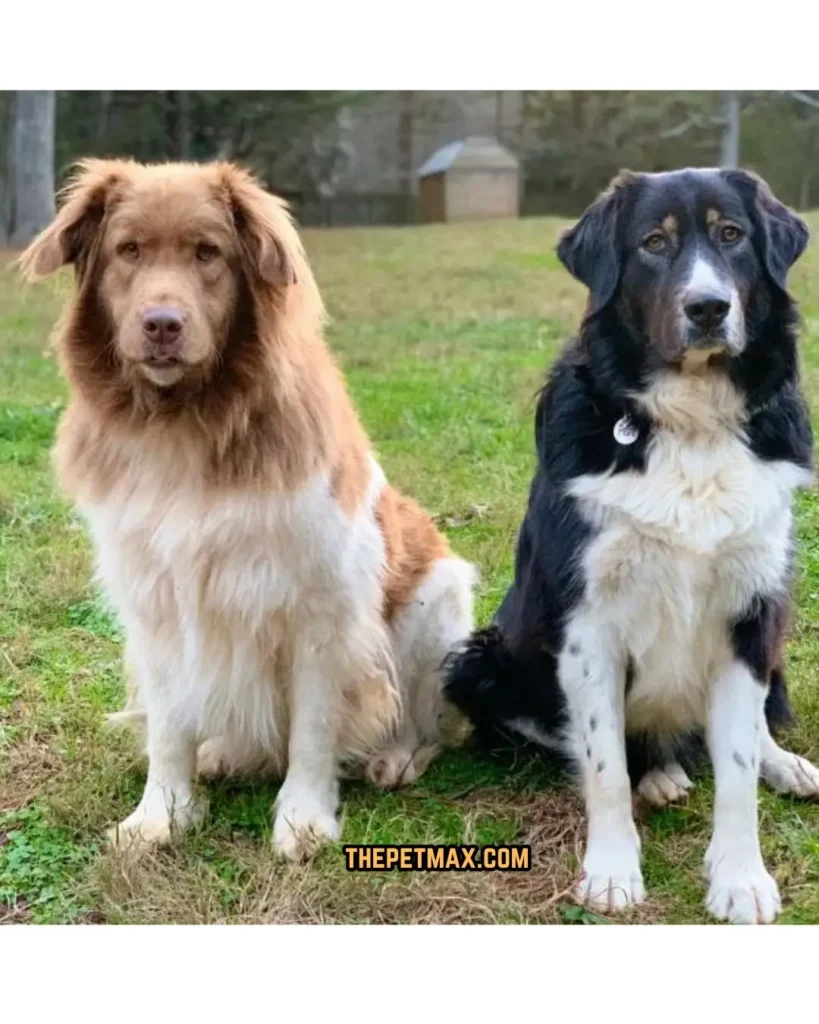
The Karakachan is an energetic and energetic dog that requires regular exercise to maintain physical and mental health. As working dogs with a background in protecting animals in difficult environments, they thrive in daily tasks that challenge their loyalty and intelligence.
A combination of physical activities such as walking, jogging, climbing, or playing games in a safe place is important to maintain energy levels. It’s also important to provide them with ways to stimulate their senses, such as toys or pacifiers. Because of their size and strength, they benefit from activities that allow them to use their minds and follow their instincts, such as conservation work.
Regular exercise keeps you fit helps focus energy and prevents behavior patterns that lead to fatigue. Finding a balance between practical and emotional work is essential to fulfilling their work needs and ensuring the happiness and well-being of Karakachan residents.
How to Train Karakachan Dog?
Because Karakachan have strong protective instincts and are independent, they require careful and comprehensive training. Early identification is the foundation for real and easy handling of various environments, individuals and organisms.
It is important to be patient and consistent in their preparation, with an emphasis on encouraging the response mechanisms to develop the desired behaviors when overcoming negative factors. It is very important to lay a good foundation for yourself as a true pioneer and human being; These dogs show strong willpower and thrive on mutual respect.
Start with action commands like “sit,” “sit,” and “come,” and reward consistency. As security guards, they must be well-prepared to distinguish between known hazards and common situations to prevent serious obstruction. The openness of the power to increase will help them respond.
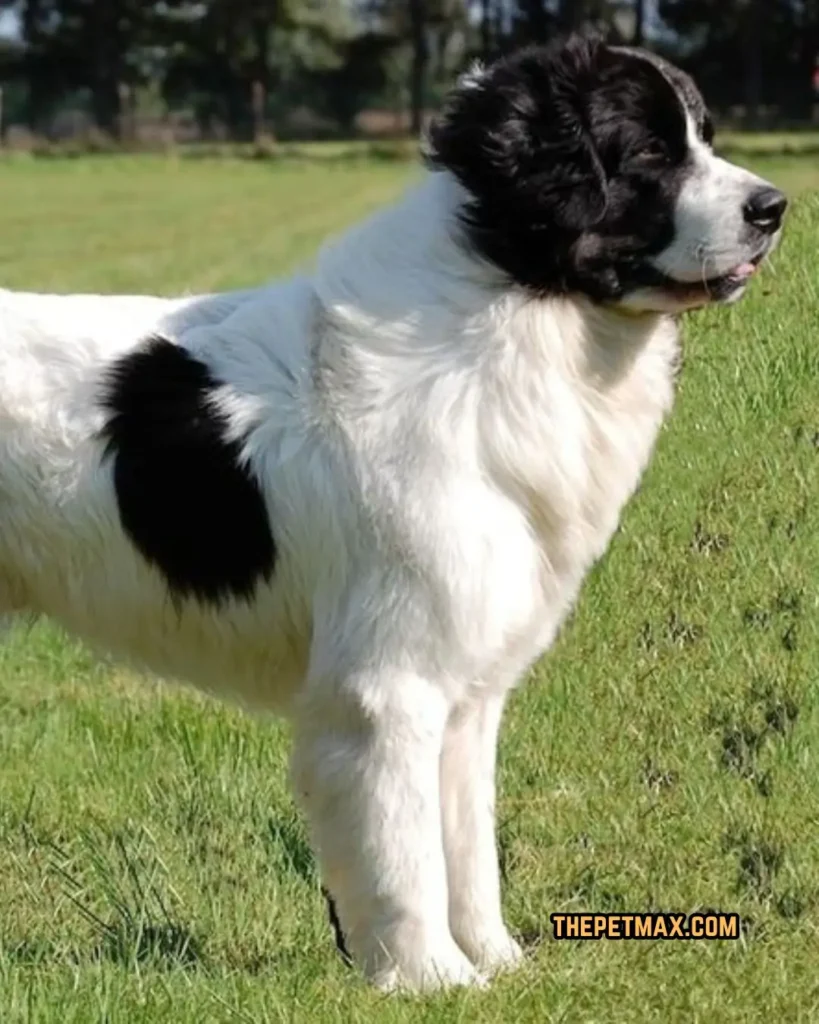
Their independence requires them to use their knowledge to create strategies. Adding exercise to the mix, such as mixing toys or weight training with variety, will keep his mind sharp and focused. Involve them in activities that are very visually oriented, for example organizing interactions with animals or providing supervision.
Predictive support and smooth solutions are essential, especially when it comes to monitoring behavior under normal conditions. Training them to differentiate between visitors and problems allows them to know when to be careful and when to relax
Because these dogs are known for their defensive nature, it is important to seek advice from an experienced trainer or behaviorist, especially when taking the form of behavioral monitoring. Remember, persistence, consistency and positive feedback are the keys to successfully setting up and maintaining Karakachan’s special features.
Grooming Needs of Karakachan Dog:
The karakachan dogs are Known for their thick, double-layered coat, the Karakachan requires daily grooming to maintain its health and appearance. Over time, their super-cool fur falls out and thickens over time. It is important to brush your dog several times a week, especially during shedding, to control shedding, prevent skin growth, and keep his coat smooth. Dead hair on the coat can be easily removed with a soft brush and under rake.
Regular brushing and careful grooming of dogs will help keep their coats clean without removing oils from the skin that can dry or weigh down the skin. Ears should be examined for signs of discharge, redness, or odor, which may be signs of infection. Cleaning and supporting the animal will keep the ears strong.
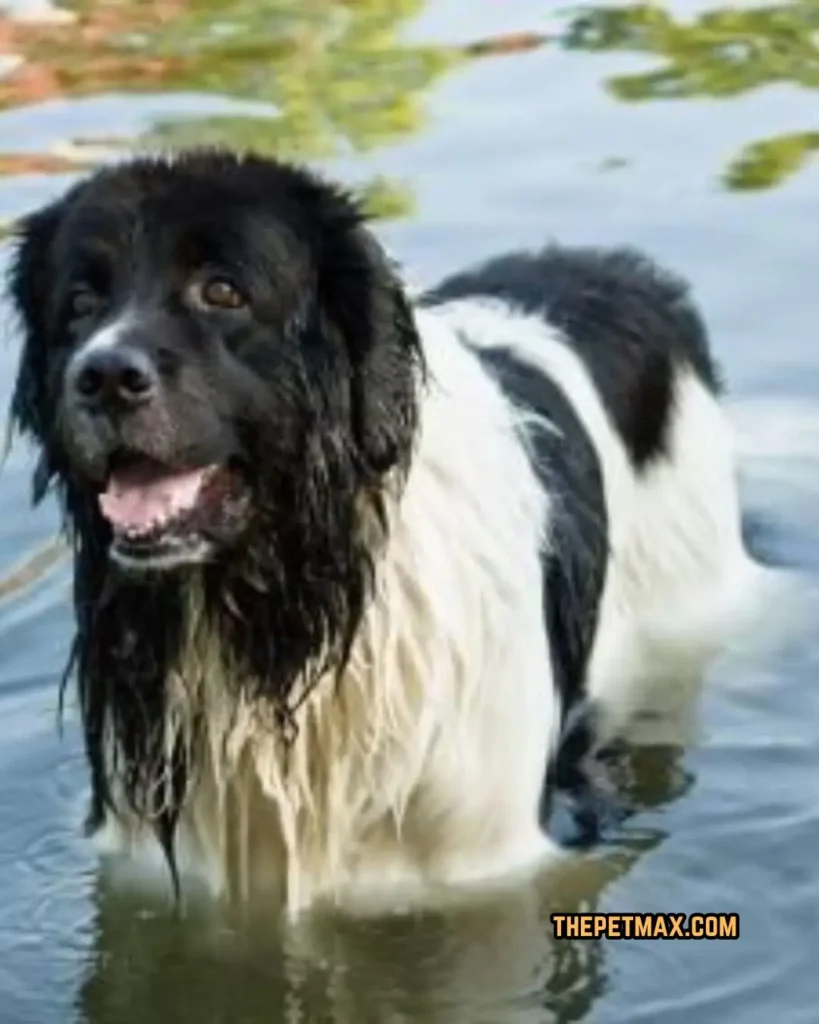
Brushing your teeth is important and Regular brushing with dog toothpaste and chew toys can help with dental problems. Taking proper care of your nails will prevent you from doing too many things, which can affect your speed. Because all breeds are active outdoors, their paws should be carefully inspected for dirt, debris, or injuries to keep their paws in good condition.
The prep area provides an opportunity to check for skin problems, abnormalities, or anything the animal needs to check out. By making predictions the Karakachan people show their positive side and play an important role in their lives and well-being. Regular grooming can also create a bond between the dog and its owner, which can be beneficial for both parties.
Common Health Problems of Karakachan Dog:
However, no one has focused on the health connections to the Karakachan race, and there is little evidence of any diseases they suffer from. In general, they are considered healthy dogs and live to adulthood. Due to their large size, diseases known to be more common in large dogs should be investigated. These are:
- Bloat: Bloating is a condition that affects dogs with deep chests. Owners may notice that their dog is restless, panting, or drooling and that the abdomen is swollen (or bloated). This swelling occurs because the stomach fills with air and expands. In extreme cases, the stomach turns 360 degrees, making the situation worse. For life-saving treatment, animals affected by suffocation should be taken to an emergency veterinarian immediately.
- Difficulty level: All breeds of dogs are not prone to a variety of musculoskeletal problems, including elbow dysplasia, hip dysplasia, osteochondrosis dissecans, and osteoarthritis. It is wise to check on the breeders to ensure that the animals are not exposed to their dangerous conditions.
FAQ’s:
Do Karakachan Dogs bark a lot?
Karakachan are known for their defensive nature, crying out when they see danger. Their strength in the skin fills the finished frame and represents something different in the current situation.
However, the frequency and intensity of their calls will vary according to the person’s personality, preparation, and environmental conditions. Early and thorough communication will help them monitor and guide their voices.
Do Karakachan Dogs have a high prey drive?
Because Karakachan used to be a zookeeper most of the time, he was very busy. Their protective instincts influence their current situation, often prompting them to be cautious in response to potential problems, including more subtle creatures.
Early socialization and training an important steps in controlling food drives, helping them to understand the appropriate and inappropriate ways to behave with pets or more sensitive animals. Although their instincts lead them to chase small animals, their drives can be tamed and controlled properly with proper training and a structured environment.
Conclusion:
The Karakachan dog comes from Bulgaria and symbolizes loyalty, intelligence, and strong protection. This breed is known for its role as a fearless pet guard, with its rugged, weather-resistant appearance and thick, double-coated coat.
They bond very strongly with their families, but their cautious and protective nature of outsiders requires early socialization and careful preparation. With proper guidance, they can integrate well into the family, show love, and create a sense of security.
However, understanding and managing their protective instincts is essential to being a successful family pet. Karakachans thrive when given the right space, mental stimulation, and preparation, and if they are given the right care and attention, Karakachans can be successful companions and guardians.

